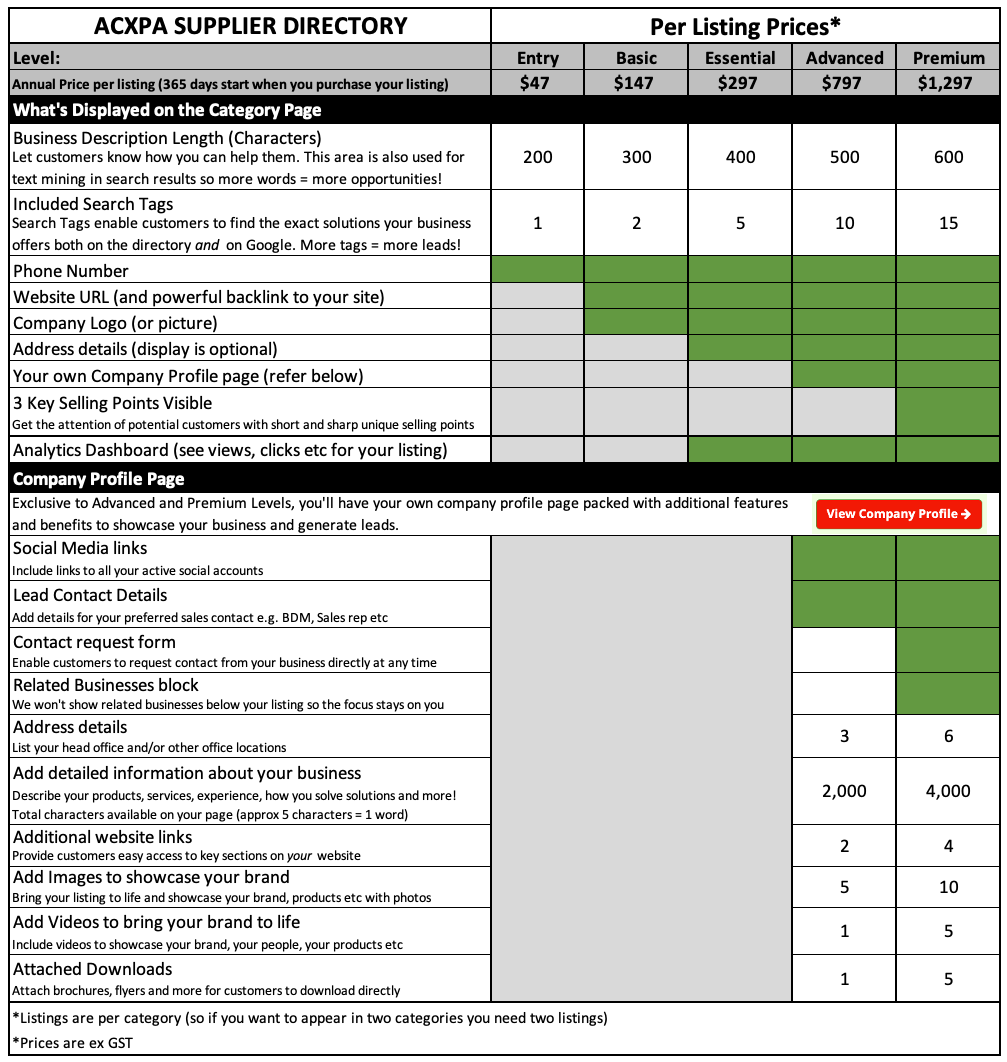Contact Centre Infrastructure
Establishing a robust contact centre infrastructure is essential for ensuring efficient operations, high-quality customer service, and scalability.
Depending on your requirements, you will need a full stack of components for success—a PBX, SIP trunks, a Hosted PBX, Private IP networks, fast and reliable internet, customer conferencing technology, CRM integration, the ability for your agents to print information or activate a supply chain, and so on.
While we have search tags to identify specific contact centre technology components; sometimes you want a supplier that can assist you with everything!
The suppliers below all have experience in developing, supplying, and servicing customer service and contact centre infrastructure technology.
Important Considerations for Contact Centre Infrastructure
While setting up and running a contact centre can seem as simple as answering the phone on the surface, the reality is that it is very complex.
By carefully considering these factors below, you can build a robust, efficient, and scalable contact centre infrastructure that meets your business needs and provides excellent customer service.
Here are some critical considerations for contact centre infrastructure:
1. Technology Stack
- Telephony Systems: Choose between traditional PBX systems, VoIP, or cloud-based telephony depending on your business needs and scalability requirements.
- CRM Integration: Ensure seamless integration with Customer Relationship Management (CRM) systems to provide agents with access to customer information and history.
- Unified Communications: Implement tools that consolidate voice, video, messaging, and other communication channels into a single interface for streamlined operations.
2. Omni-Channel Support
- Channel Availability: Support multiple communication channels such as phone, email, chat, social media, and SMS to meet customer preferences.
- Channel Integration: Ensure that all channels are integrated to provide a unified customer experience and allow for seamless transitions between channels.
3. Scalability and Flexibility
- Cloud Solutions: Consider cloud-based solutions for their scalability, flexibility, and ease of deployment. They also facilitate remote work capabilities.
- Modular Architecture: Use a modular infrastructure that allows you to add or remove features and capabilities as needed without overhauling the entire system.
4. Data Security and Compliance
- Regulatory Compliance: Ensure compliance with relevant regulations such as GDPR, HIPAA, or PCI DSS, depending on your industry and location.
- Data Encryption: Implement strong encryption for data in transit and at rest to protect sensitive customer information.
- Access Control: Use role-based access control (RBAC) to ensure that only authorised personnel have access to sensitive data and systems.
5. Workforce Management
- Scheduling and Forecasting: Use workforce management (WFM) tools to optimise agent scheduling, forecast call volumes, and manage workloads efficiently.
- Performance Monitoring: Implement tools for real-time monitoring, reporting, and analytics to track agent performance and customer satisfaction metrics.
6. Quality Assurance
- Call Recording and Monitoring: Record and monitor calls for quality assurance and compliance purposes. Use these recordings for training and feedback.
- Customer Feedback: Collect and analyse customer feedback to identify areas for improvement and ensure a high level of service quality.
7. Disaster Recovery and Business Continuity
- Redundancy: Implement redundant systems and backups to ensure continuity in case of system failures or disasters.
- Disaster Recovery Plan: Develop and maintain a comprehensive disaster recovery plan to minimise downtime and maintain operations during emergencies.
8. Agent Training and Development
- Training Programs: Invest in comprehensive training programs for new hires and continuous development programs for existing agents.
- Knowledge Base: Maintain an up-to-date knowledge base to assist agents with troubleshooting and provide consistent information to customers.
9. Customer Experience
- Personalisation: Use data and analytics to personalise customer interactions and improve overall customer experience.
- Self-Service Options: Provide self-service options such as IVR systems, online FAQs, and chatbots to allow customers to resolve issues independently.
10. Cost Management
- Budget Planning: Plan your budget to include not just initial setup costs but also ongoing maintenance, upgrades, and potential scalability needs.
- Cost-Benefit Analysis: Regularly perform cost-benefit analyses to ensure that your contact centre infrastructure investments are providing the desired returns.
Search Contact Centre Infrastructure Vendors
Contact the call centre technology vendors below or use the search filters to find vendors with other contact centre solutions.
